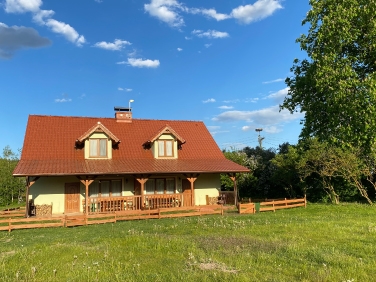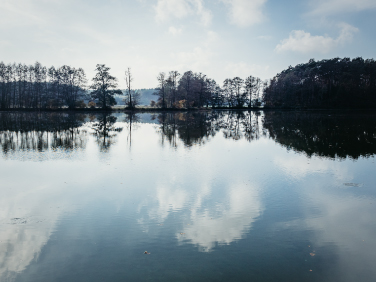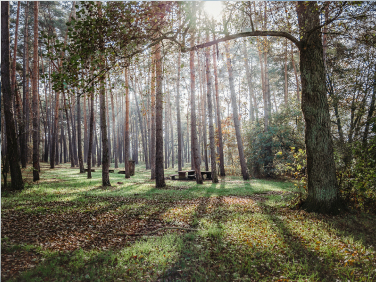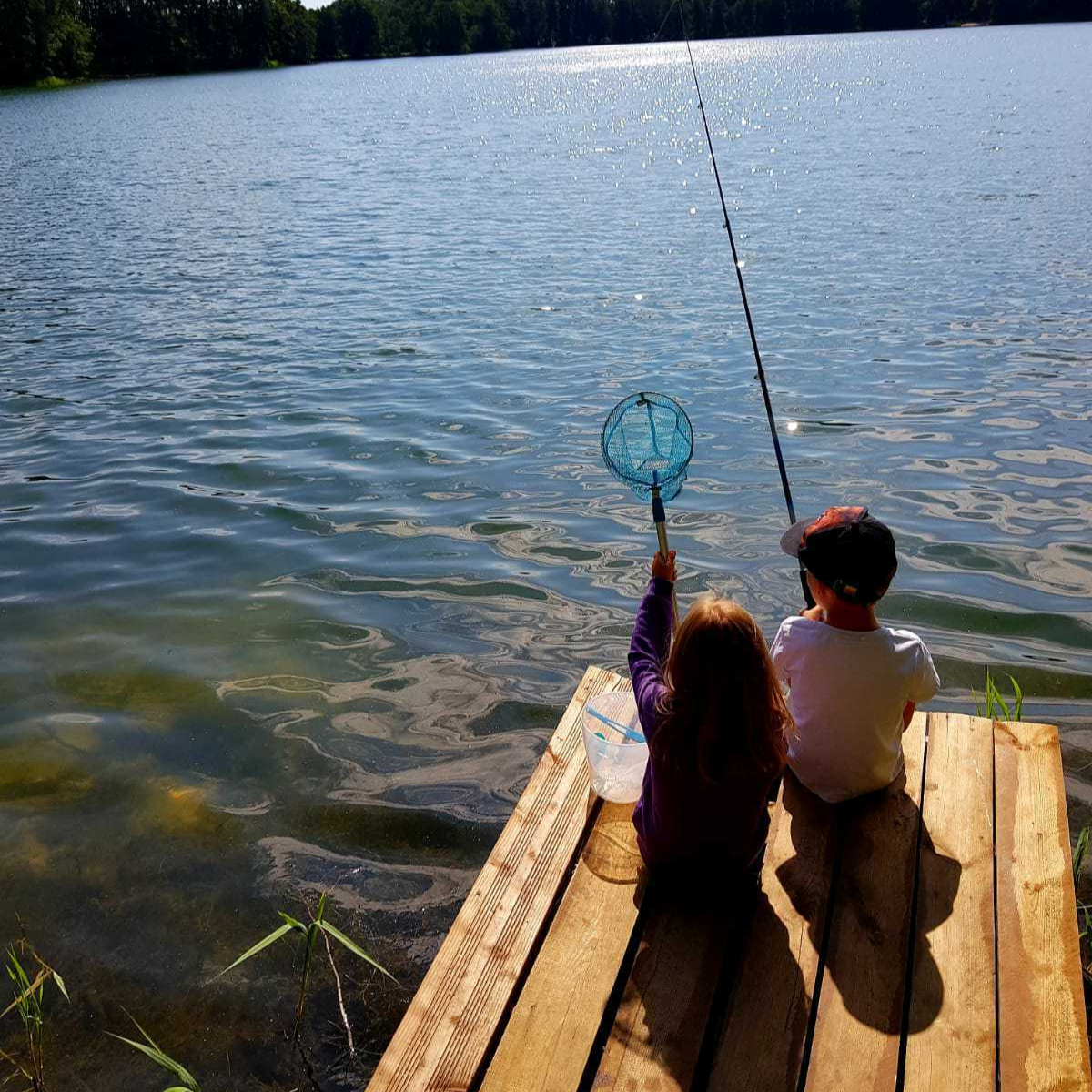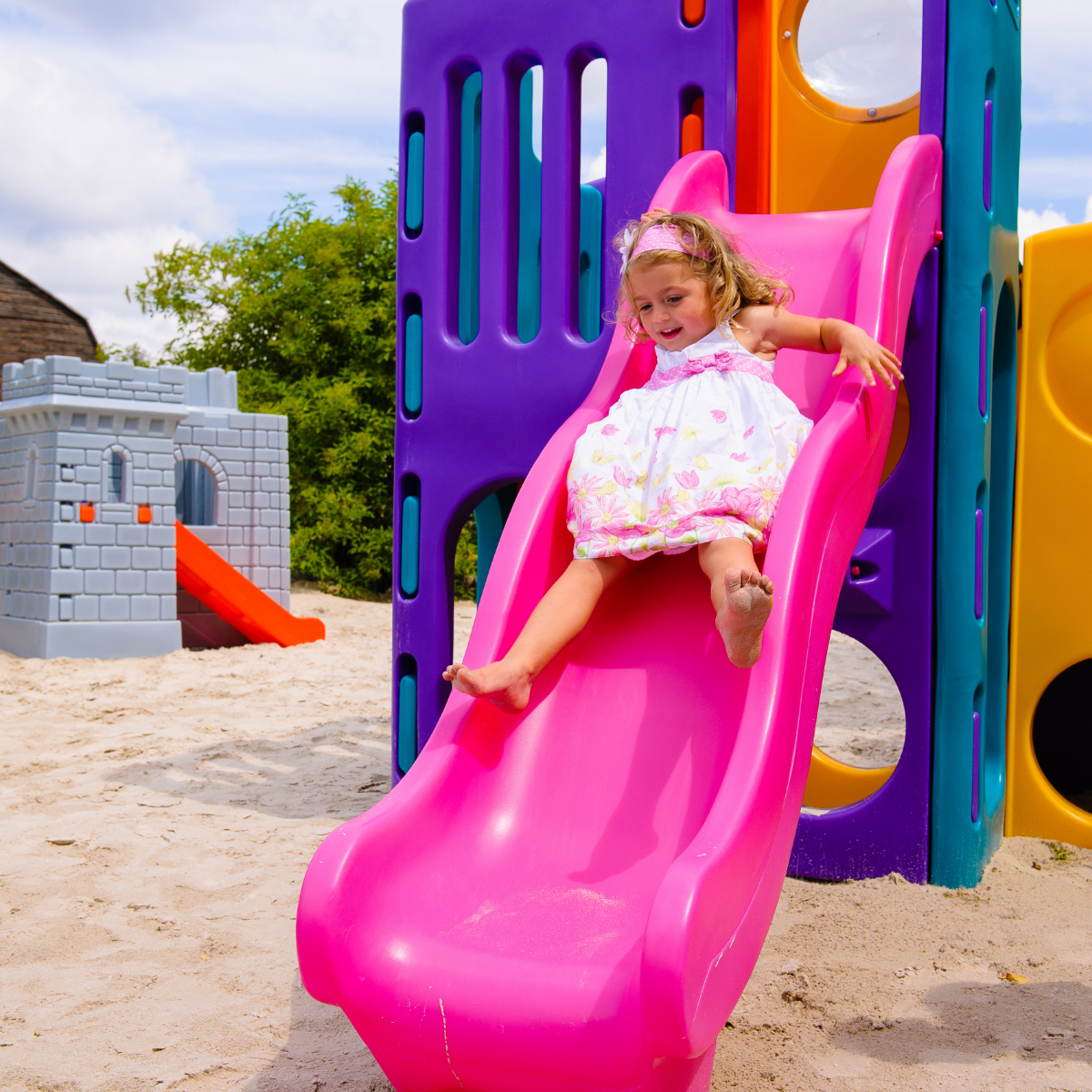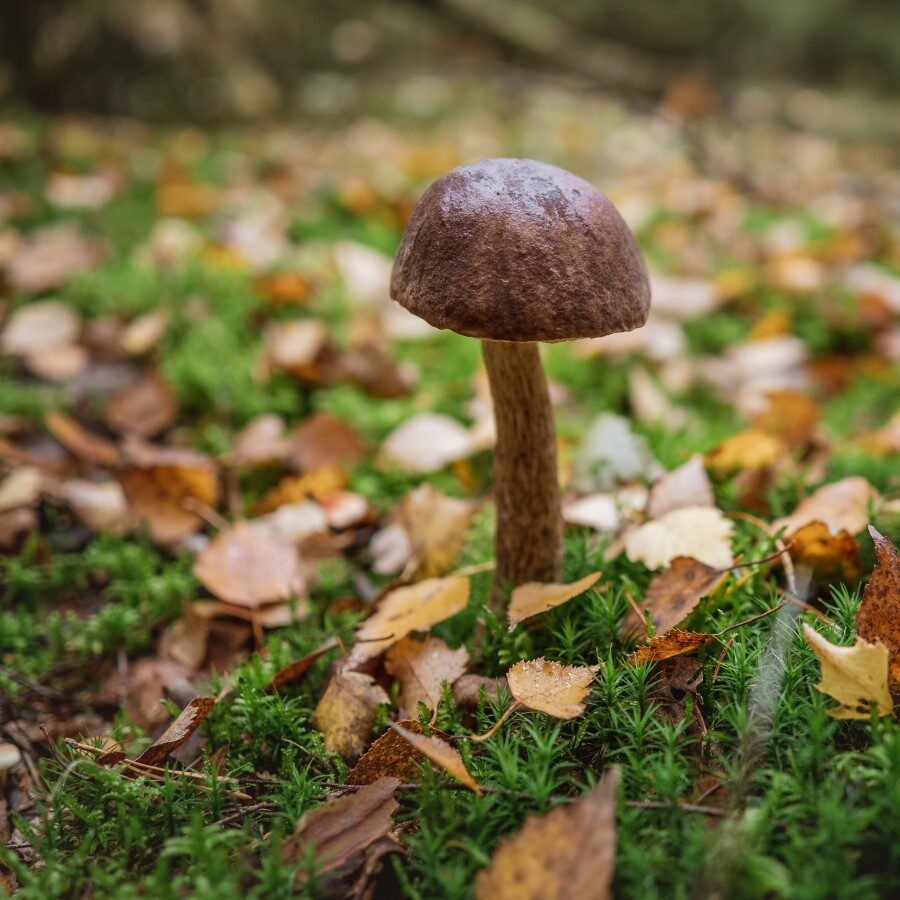Area
WEZAJ is a great base for hiking and cycling.
The resort is located on the edge of the Zatom Nowy village in the picturesque valley of the Warta River within Sierakowski Landscape Park. It is “a land of 100 lakes” and mushroom-rich woods located in the heart of Notecka Forest. Right next to the resort runs the west section of the Warta Bike Trail, connecting Poznań with Międzychód. For anglers, there are numerous lakes, fisheries and the river Warta in the vicinity.
The area invites those who love peace and relaxation while surrounded by beautiful nature. There are seven nature reserves, forests rich in mushrooms, tree nurseries, natural monuments, places connected with the history of the region and much more. To make sure that nothing escapes the attention of our guests we have prepared special maps with a comprehensive list of the most interesting tourist attractions and hiking trails in the area. You can get the detailed information about our neighbourhood at the reception.
River ferry
The old ferry is a regional curiosity, through which guests can travel to the opposite bank of the river Warta. It is hand-powered and propelled by set of wheels.
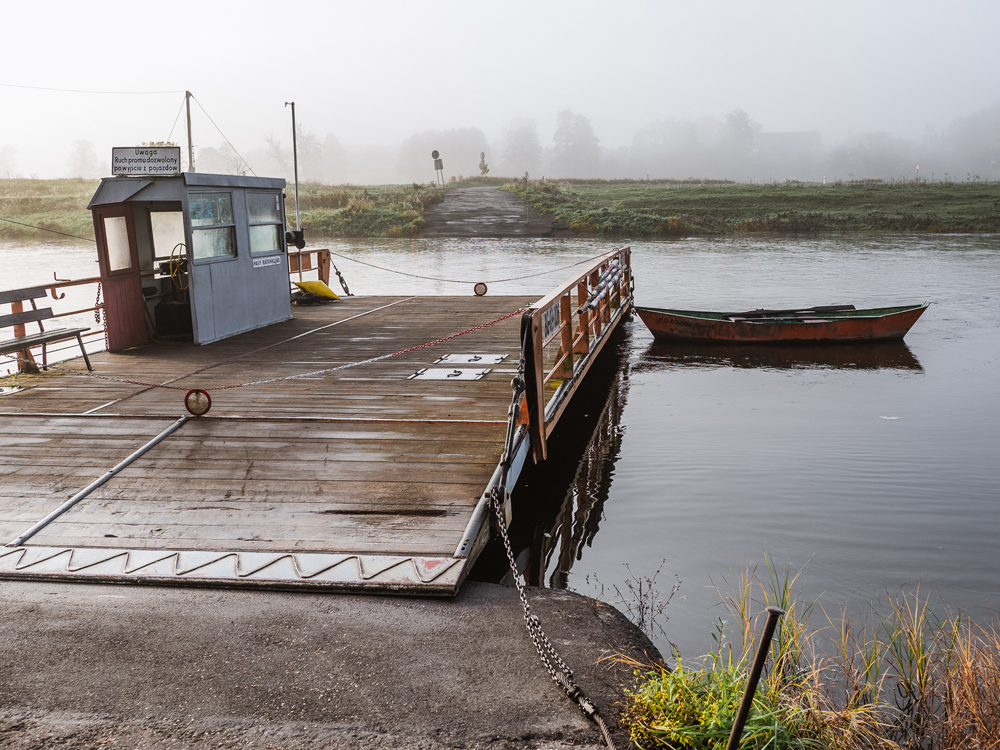
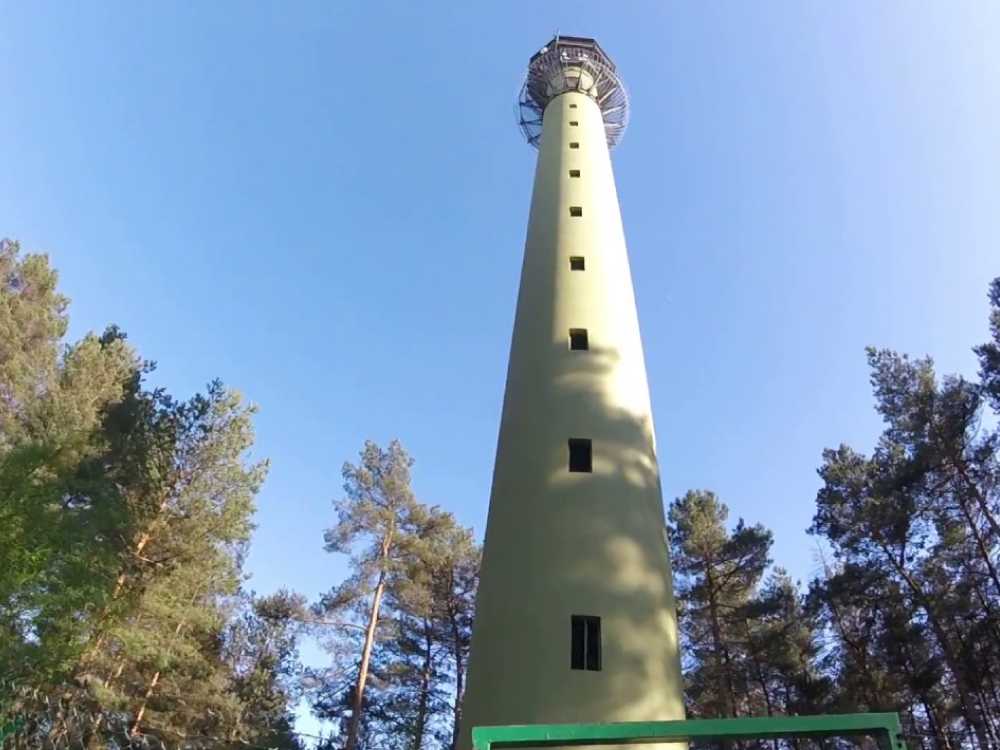
Observation tower
Notecka forest landscape can be admired from a 32-metre-high observation tower located in Lichwin (Sieraków forestry). The tower also serves as a fire observatory. The deck for visitors is located about 27 meters above the ground. From this height you can admire scenic views reaching to very distant villages.
Ruins of the old mine “Wanda”
In the nearby woods there are the remains of a brown coal mine, established in the early 20’s. It belongs to the Firlej family. These days, hidden amongst the trees, only remains and fragments of this industry building can be found. There is a forest bike path leading to the ruins.


Evangelical cemetery
Visitors interested in the history of our region whilst strolling around Zatom Nowy, should visit the old evangelical cemetery. Located near the the village, the graves are overgrown with moss and tell stories from almost 300 years ago. In those days, the village was inhabited by Germans and it belonged to the evangelical parish in Sieraków.
Church in Stary Zatom
In Stary Zatom, the Old Church of st. Maximilian Kolbe deserves attention for its very valuable antique crucifix from the first half of the seventeenth century, hanging above the main altar. To get to the neighbouring village, tourists have use the ferry on the River Warta.


Beaver retreat
An educational trail laid out in the “Notecka Forest” Promotion Complex, near the Kaplin village. The 5-kilometre walking trail is a loop of 11 stops with information boards on Notecki Forest. By taking this route route, you can learn about the tree species in the Mokrzec forestry, Notecka Forest fauna, forest management principles and history of settlement in the area. The trail takes 2 – 3 hours.
Water buffalo farm
Near Zatom Nowy, the first water buffalo farm in Poland was created. They were imported mainly from Romania. Farm visitors will have the opportunity to see the buffalo in their natural habitat. They are bred mainly for milk production.


Warta Bike Trail
Warta Cycle Route is 382 km long and runs along the entire stretch of the river Warta in Wielkopolska. The newest part, opened in 2009, leads from Poznań (the capital of Wielkopolska) to Międzychód and is 122 km in length. It is an alternative route to the much older “100 Lakes Trail”. Both trails are not technically demanding, and usually run along less frequented roads, although some parts may even force the bikers up to get off their seats.
Special attractions along the trail include: a newly opened tourist path from Radojewa to Biedrusko, Śnieżycowy Jar nature reserve, churches in Oborniki, the resort retreat in Bąblin, Kończak channel and Wolf Park in Stobnica, Obrzycko City Hall, historic maximum security prison in Wronki, interesting buildings in Wartosław, natural attractions in Sierakowski Landscape Park, and a water pump in Międzychód.
Nature Reserves
“Kolno międzychodzki” – is a forest reserve with an area of 14.77 hectares, located between lake Kolno and lake Kludno. The deciduous forest is under protection. It contains beautiful old oaks. Seven of them have trunk circuits around 500 cm – in four cases over 600 cm and the thickest is 670 cm. There are also some interesting large elms with visible bumps on their roots. The reserve plays a role in research and teaching, as it plays home to a rare cluster of trees with lush undergrowth.
Around the reserve there is a tourist trail.
“Cegliniec” is a reserve created in 1960. It protects the old-growth pines which survived the moth plague that struck the forest between 1922-1924. Covering an area of 4.3 ha, the reserve can be made available to authorized persons, because it protects the nests of the white-tailed eagle.
“Czaple wyspy” (“Heron Islands”) is a fauna reserve, which was created in 1957 on the area of 7.14 ha. It consists of two islands on Kłosowskie Lake. The reserve was established to protect the nesting sites of rare species of birds, such as the black kite and peregrine falcon. Until recently, it housed a colony of gray herons (hence the name of the trail) and cormorants. The island is covered with a 200-year old oak forest.
“Mszar nad Jeziorem Mnich” is a bog nature reserve established in 1967, which occupies the southern part of the Mnich Lake, together with the raised bog. It covers an area of 6 hectares. The purpose of the reserve is to protect plants and peat bog. Visitors can also see, for example, round-leaved sundew.
“Buki nad Jeziorem Lutomskim” is a reserve created in 1958 with a total area of 55.2 ha located on the southwestern shore of the Lutomskie Lake. This includes a 3.5 km long narrow strip of beech forest and deciduous forest growing on the steep shores of the lake. The oldest beech trees are over 300 years old with trunk circuits over 300 cm.
“Kamionka valley” is a reserve established in 2004 with an area of 59.18 hectares. This is part of a deep valley near the Mnichy village, about 2 km from Kamionna, and was carved by a glacier. In the woods we can find alder and beech hornbeams, many monumental beeches, hornbeams, and maples. Kamionka valley is a wetland with bogs, swamps and wet meadows.
“Bukowy Ostrów” is a reserve established in 2006 on the area of 77.92 hectares. It includes a diverse complex of aquatic vegetation, a marsh and forest in the hilly area around Kwilcz.


In Radusz footsteps
A forest bike path leading to the ruins of the Radusz village, once the largest village in the Notecka Forest. Today, Radusz is a forgotten settlement. Setting off in the footsteps of the past, you can get to a place that used to be inhabited by about 20 families from Lower Silesia, whose job was clearing out the forests and draining swamps.
The village was rich, it had a school, a Lutheran church, a mill, three taverns and two cemeteries. Today, the few remaining buildings act as forester lodges. The remains of the settlement, such as wall fragments, foundations and graves will give you an idea about the village activities and its residents.
Taking a walk around the area, you can have a look around to find traces of the past and learn about the history of this place. To protect the defunct village from oblivion, a special museum in Radusz was created.
Tree nursery in Kaplin
The tree nursery trail is 1.5 km long with 10 stops: 1 Forest nursery, 2 Forest Bath, 3 Brushwood, 4 Mycorrhiza, 5 Walking trees, 6 Animals of our forests, 7 The main dietary niches, 8 Forestry, 9 Disposing of unnecessary waste, 10 Nursery production. Here you can see feeding racks, traces of beavers and ant colonies. You can find shelter under the Forest Education Roof equipped with tables, benches, electrical installation, fireplace and grill. Visiting time is approximately 2 hours. A short trip takes only 0.5 hours.


Centre for Environmental Education in Mokrzec
The exhibits gathered at the Centre are devoted to the Notecka Forest and provide the perfect complement to the already existing educational base there. Visitors can learn about the issues of nature conservation, forestry, and specific natural and cultural information relating to the area.
Amongst other things, the centre has an interactive map of the Notecka Forest (with recorded commentary), which tells the visitors about the curiosities of the local wilderness. There is also a three-dimensional model of the most popular types of forest habitats that can be found in the area.
One of the highlights of the trip is the presentation of stuffed animals of the area, including the wolf. Additionally, there is a collection of trophies won by local hunting clubs.
Natural Education Centre in Chalin
The Nature Education Centre is located in a manor surrounded with a park. The visitors can explore the beautiful manor house and enjoy the exhibitions, including an imitation of a cave, as well as the exhibition devoted to the Washington Convention, environmental hazards and animals in Sierakowski Landscape Park. In the surrounding park one can admire natural monuments and grill sausages in a nearby wigwam. There are also three educational trails, a herb garden, a children’s playground and a basketball court.
The centre has all the necessary equipment and qualified staff who can professionally carry out educational activities in the field of nature conservation and ecology.


Mansion in Ławica
The mansion is located on the edge of a nineteenth century park. On the nearby farm, there is an interesting granary. In the park you can admire impressive manor oaks, limes and beeches.
French hills
“French hills“ is the name given to the sand dunes in the Notecka Forest, covered with pine trees. The name is derived from the tale of Napoleon’s army, which had trouble transporting heavy cannons through the sand dunes. At the top of one of the dunes there is a fire observation point with a viewing terrace.


Sieraków
„Opaliński Castle Museum”
Opaliński Castle Museum was restored in June 1995 from the left wing of the fourteenth century castle. The post-Bernadine sarcophagi, found in 1991, containing the ashes of the Opaliński house were later transferred to the castle catacombs.
Kościół parafialny
The Immaculate Conception Parish Church is a valuable monument of the late Renaissance architecture in Poland. Built on the Latin cross plan temple, it has a very rich interior. The altar with statues of angels and images is particularly impressive. There are also gravestones – monuments dedicated the Opaliński family, who were the former owners of Sieraków.
Stallion herd
The oldest Polish stallion herd is located in the beautiful scenery of the Notecka Forest and the Międzychodzko-Sierakowski Lakeland. There are about 100 horses, including the conservative herd of Polish pony. The herd is part of a horse riding club, whose players can boast a number of medals awarded at the Polish Championships, European Championships and the World Cup. Every year, the club organises a horse “Tarpaniada” – a national exhibition of Polish ponies, horse-riding shows and exhibits, such as the Kazimierz Nowicki Memorial and (at the end of the season) “Hubertus” – a holiday for hunters, foresters and horse riders. Sieraków Stallion Herd offers: horse riding for all levels of proficiency, including lessons for beginners, carriage rides, sightseeing and horse races. You can also visit the stables with your own horse.


Lookout points
Sośnia lookout point – “The Boulder Hill” is a moraine hill, with a huge boulder with a circumference of 9 meters and a weight of 25 tons. The boulder is made of granite and because of its fragility was called “the Rotting Stone”. There are also many small boulders around. From the top of the hill, tourists can take a look at the beautiful panorama of the forest, Notecka Forest area and the valley of Warta.
Kamionna lookout point – the tourists who want to visit the Gothic parish church in Kamionnia will certainly visit the church courtyard surrounded by the retaining wall. From here, the lookout point offers a beautiful view of the valley, which can be reached by picturesque stone stairs.
Łężeczki lookout point – a view overlooking the Chrzypskie lake and the surrounding hills. What draws tourists’ attention is a stone monument in the shape of a mushroom. It is interesting that it was erected to commemorate the 10th anniversary of the establishment of Sierakowski Landscape Park in the very first minutes of 2001 – meaning it is the world’s first monument unveiled in the third millennium.
Międzychód
Market
The city’s Old Town has a very interesting and unique urban layout. This is because it is located on the isthmus between the City Lake and the River Warta. From the Międzychód Market, which is one of the most picturesque Wielkopolska markets, you can quickly reach both the river and the lake through narrow streets, which are commonly known as “geese”. The entire urban layout is full of set-top houses.
Water pump “Laufpompa”
“Laufpompa” is a symbol of Międzychód. It pumps tasty and healthy water which gushes from the artesian source. It contains hydrogen sulphide and minerals in proportions comparable to the famous waters of such spa resorts as Krynica or Busko Zdrój. The spring was cast in iron in 1912. The water from the ornate pump is considered a local delicacy when brewing coffee or tea.
Oskar Tietz park
A nice place for people to rest, Międzychód is a nice park on the edges of the lake. Its founder – Oscar Tietz – was a resident of Międzychód and a pioneer in establishing large department stores. He also created the first cinema and traded in coal in the late nineteenth and early twentieth century.
Regional Museum
Housed in a century-old historic building, it collects ethnographics associated with weaving and fishing, as well as the history of the Greater Poland Uprising. In addition to the permanent exhibitions the Museum organizes a large number of temporary exhibitions.


Church in Kamionno
The Church of the Nativity of the Blessed Virgin Mary is one of the most important Gothic monuments in Wielkopolska. It was built on a plan of a rectangle, with vestibules and an adjacent tower. Stone cannon balls were embedded in the walls as a memoir of the Poland-Swedish Wars. The church courtyard is surrounded by a wall, from the top of which you can enjoy the view the Kamionka Valley.
Oak “Joseph” in Marianowo
In the village of Marianowo, on the edge of the Notecka Forest, there is is probably the thickest and one of the oldest trees in the area – oak “Joseph”, named in honour of Józef Chwirot the forester. Its circumference is 840 cm.





